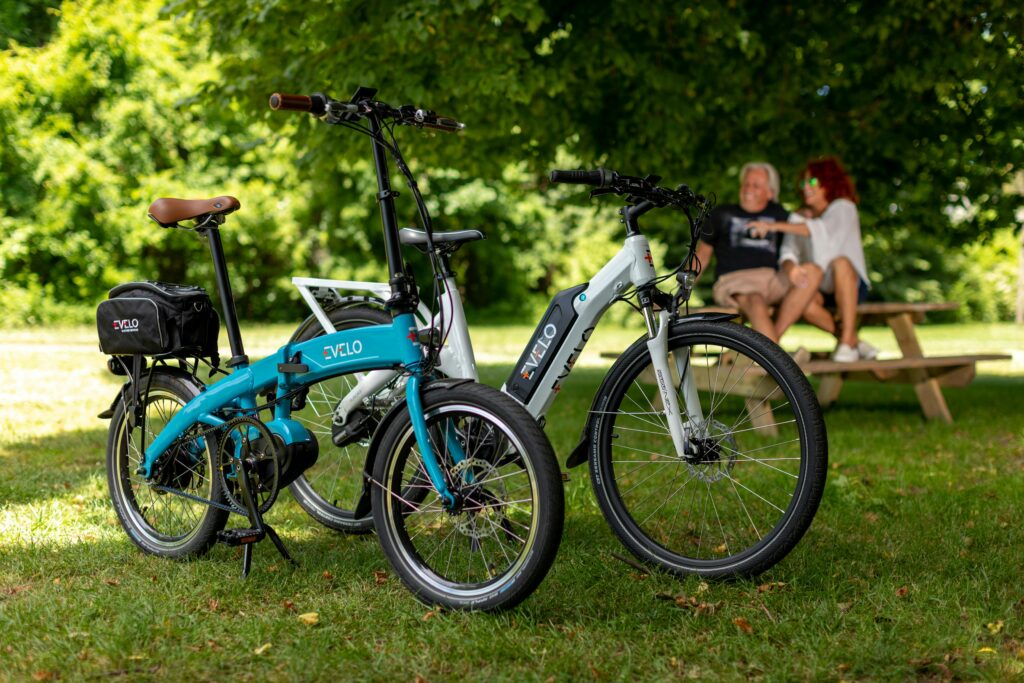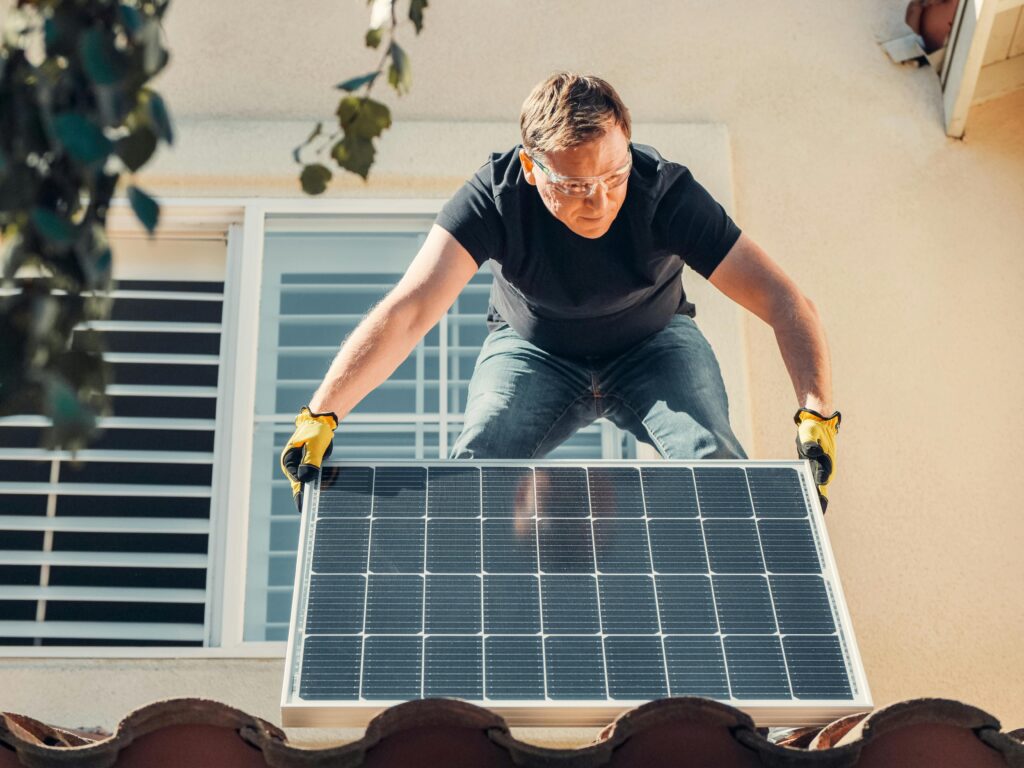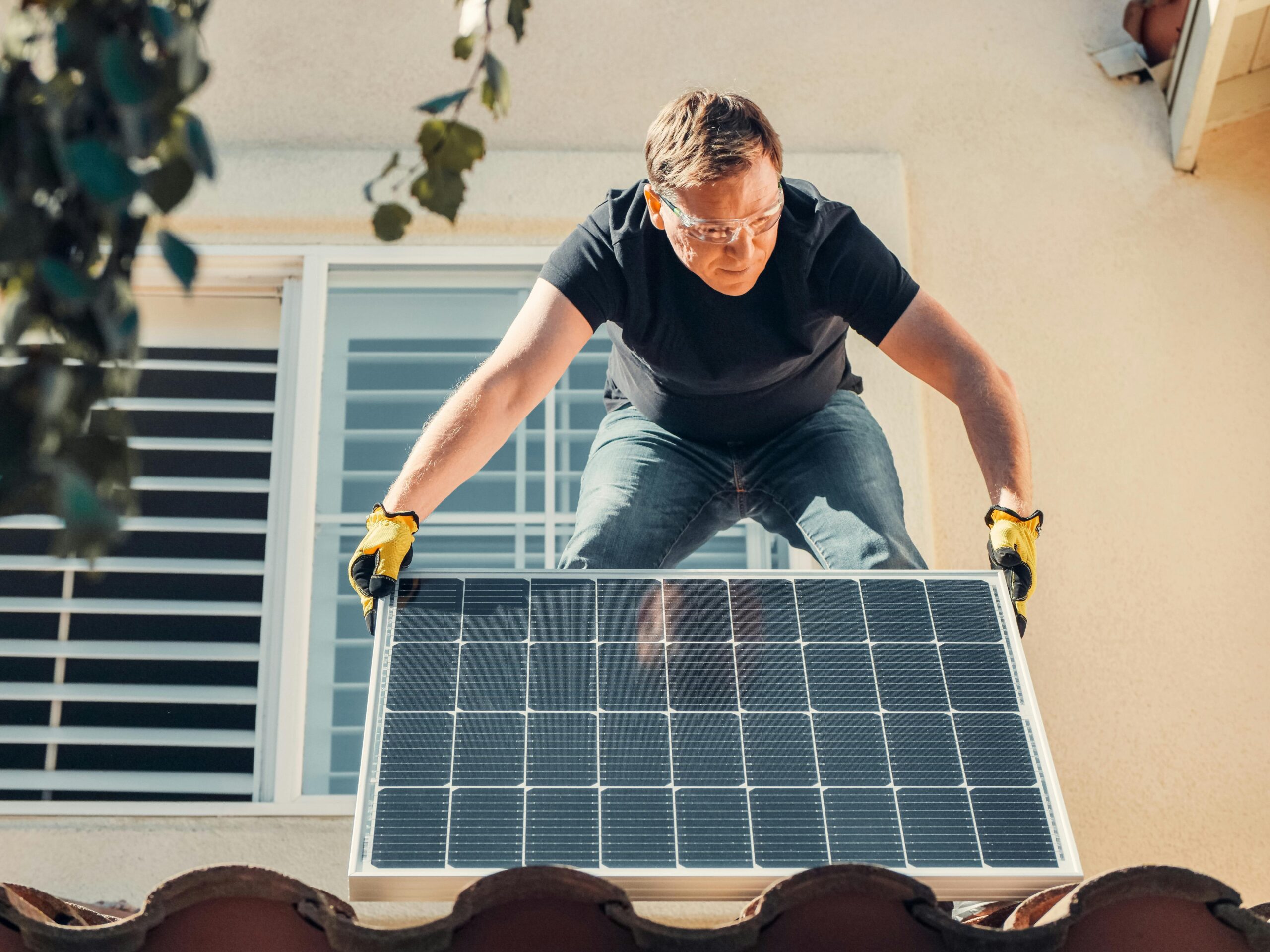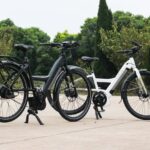
Powering an electric bike without a traditional battery is an unconventional idea that challenges the typical method of storing energy. Electric bikes generally rely on batteries to store electrical energy, which powers the motor to propel the bike forward. However, there are several alternative ways to power an e-bike without a battery, each with its own set of challenges and benefits.
1. Capacitors for Energy Storage
Instead of using a traditional battery, one could use a supercapacitor or an array of capacitors. Capacitors store energy as an electric charge and can release it very quickly, making them ideal for short bursts of power. While they don’t store as much energy as batteries, capacitors can provide power to an e-bike motor for a limited time. Capacitors also have a longer lifespan than batteries, which means they can withstand many more charge and discharge cycles before degrading.
One challenge with using capacitors is that they discharge very quickly, making them less suitable for long rides. The range of an e-bike powered by capacitors would be very limited, and the rider would need to recharge the capacitors often. In addition, capacitors provide less consistent power output compared to batteries, meaning the bike’s performance may fluctuate.
2. Pedal-Assisted Power Generation
Another alternative is to use pedal-assist technology combined with a regenerative system. In this scenario, the rider’s pedaling action generates electricity, which is used to power the motor.
The idea is similar to how traditional bicycles work, but with the added benefit of an electric motor that can assist the rider when needed. Pedal-powered generators can be installed on the bike, where the rider’s effort generates electricity to power the motor or charge a small energy storage unit.
While this method doesn’t completely eliminate the need for energy storage (since a small capacitor or flywheel is still required to store the energy), it significantly reduces the dependence on large, traditional batteries. The rider’s own efforts contribute to the bike’s power, and it can provide a sustainable form of energy for short rides. However, this approach still has limitations regarding range and power output, as it depends on the rider’s effort.
3. Solar Power

Solar panels are a promising method for powering an electric bike without a traditional battery. By integrating small solar panels onto the frame of the bike or as part of a detachable component, you can harness the power of the sun to charge a small battery or directly supply the motor with electricity. Solar panels can be used to charge a storage system while the bike is not in use, or even while riding, though efficiency will vary depending on the weather and sunlight exposure.
While solar energy is a renewable and environmentally friendly power source, the practicality of this method for long-distance biking is limited. Solar panels would need to be quite large to produce enough energy to power the motor for significant distances. Additionally, solar power is intermittent, and the bike could be rendered ineffective on cloudy days or during nighttime rides without proper storage solutions.
4. Kinetic Energy Harvesting
Kinetic energy harvesting is a technology that captures the motion energy generated by the bike’s movement and converts it into electrical energy. This can be achieved through small generators or systems that work off the bike’s wheels, suspension, or even braking system. When the rider brakes, energy is typically lost as heat, but with a regenerative braking system, that energy can be harvested and used to power the bike’s motor or recharge a small storage system.
This method works best in situations where there are frequent stops and starts, as it relies on the kinetic energy generated during deceleration. However, like capacitors, it does not offer the same long-lasting power or consistent energy as traditional batteries. It also cannot provide continuous power for longer rides without additional energy storage.
5. Fuel Cells
Fuel cells are another option for powering an electric bike without a conventional battery. Fuel cells generate electricity through an electrochemical reaction, usually by combining hydrogen and oxygen. This technology is used in some vehicles like cars and buses but has yet to become widespread for smaller applications like e-bikes. The main advantage of fuel cells is their ability to produce a high energy output, and their fuel can be easily replaced, offering longer ranges than traditional battery-powered e-bikes.
However, fuel cell technology is still quite advanced and expensive. The infrastructure to support hydrogen fuel cells (like refueling stations) is not as widespread as that for charging electric vehicles, which limits their practical use. Additionally, the fuel cells themselves are bulky, and fitting one onto an e-bike would be a challenge in terms of size and weight.
6. Hybrid Systems
A hybrid system combines multiple energy sources to power an electric bike without relying entirely on a traditional battery. For example, a combination of pedal power, solar panels, and kinetic energy harvesting could work together to supply the motor with energy. The idea behind a hybrid system is to reduce the reliance on any one source of power, making the e-bike more versatile and sustainable. This approach can extend the bike’s range, as different energy sources are used in tandem to power the motor.
Hybrid systems are still in the experimental phase for e-bikes, and their efficiency and practicality need more development. However, they present an exciting opportunity to create a more sustainable and self-sufficient electric bike.
Conclusion
While the conventional battery remains the most efficient and practical option for powering an electric bike, several alternative methods can be explored for those seeking a different approach. Capacitors, pedal-assisted power, solar energy, kinetic energy harvesting, fuel cells, and hybrid systems each have their pros and cons. While these methods may not completely replace the need for a traditional battery in most cases, they offer exciting possibilities for sustainable and innovative transportation solutions. As technology evolves, we may see these alternatives become more viable for electric bikes, offering riders a greater variety of options for clean, renewable energy.










